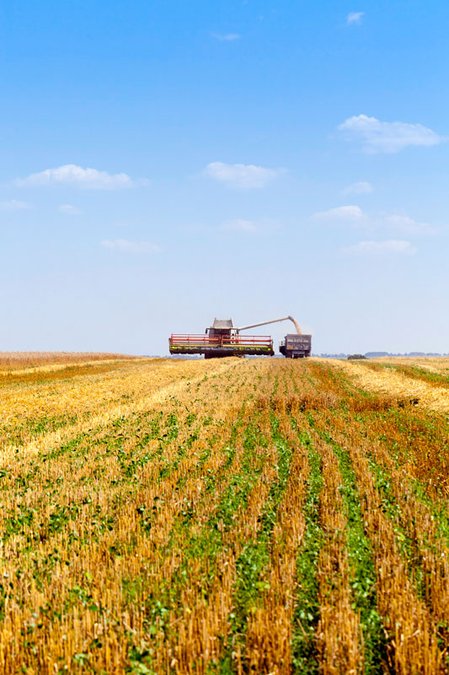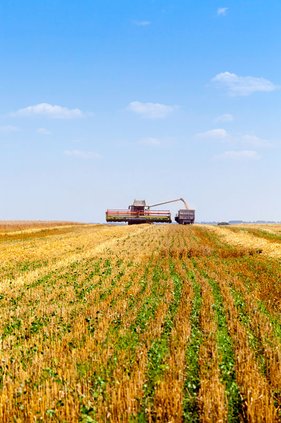MONROE — With the sun casting long shadows across fields, producers are thinking about the coming harvest, with corn and soybeans doing well in our part of the state, experts say — despite some late season dry weather and disease pressure.
As most farmers busy themselves preparing their machines to start harvest, likely within a few weeks, forecasters say both of those crops — and wheat — appear to be in good shape statewide, although some lofty, early-season predictions of yields far above average in the Midwest have been tempered by the realities of the growing season.
Those realities include the influx of rust and tar spots on some crops, especially on farms closer to the southwestern part of the state. Market volatility and trade issues also remain an obvious wild card in the effort to turn a profit on an investment in which input costs continue to rise.
According to state agriculture officials, farmers began harvesting silage in late August and grain for the most part in late September — with overall harvest progress and conditions being described as “favorable.”
Guarded optimism is about as close as it gets to the real thing in agriculture, but there does seem to be confidence for average or above average yields for corn and beans in both Green and Lafayette Counties, experts agree.
There are even a few producers starting in on fields early.
“There are some guys that are maybe just starting to get into soybeans, maybe some higher-moisture corn, but we’re a way out for the most part,” said Eric Wuthrich, president of the Green County Farm Bureau.
The corn crop is so robust in some places across southern Wisconsin, producers are almost inventing new things to worry about.
“Really tall (corn), I mean they’re healthy stalks,” said Doug Rebout of Janesville, in a published report on the early harvest preparations. “But as they’re drying down, if all the sudden we get some winds and stuff like that with as tall as the crops are it could knock them down. And it could make for a very tough harvest season.”
Rain has been issue for most late in the growing season. But while helping to cut down on the nuisance factor of dust, the recent rains over last weekend did little to impact crop or field-work conditions, officials agree.
Rivers and streams are still low across part of the region.
Meanwhile, apart from the weather, there is another factor impacting producers, and one over which they have just about as much control: US grain markets. With trade deals on hold, and some of the biggest world buyers still on the sidelines amid turmoil, some fear a major impact on farmers, particularly US soybean producers.
But Wuthrich said he sees few signs of panic just yet.
“Any kind of demand will help, and we’d like to see some trade deals,” said Wuthrich. “But we’re price-takers, when it comes to the markets.”
With an eye on harvest, Wuthrich also cautioned the public to get ready to see an influx of combines, grain trucks, and all other manner of slow-moving farm equipment on local roads and rural highways; and to cut them a break.
“Be safe, slow down and enjoy the nice rolling hills of Green County,” he said. “We all want to get home to see our families.”


